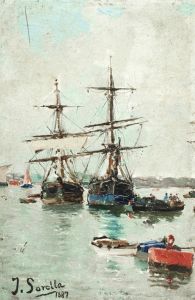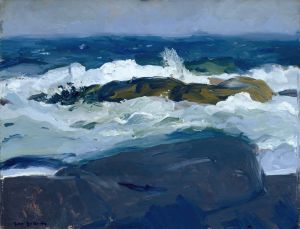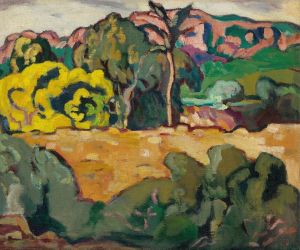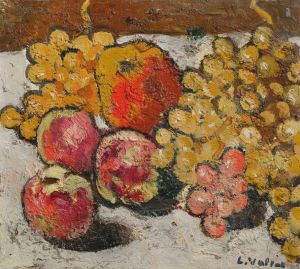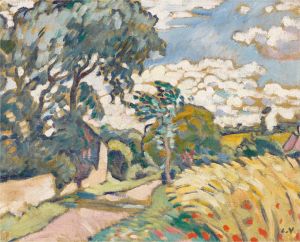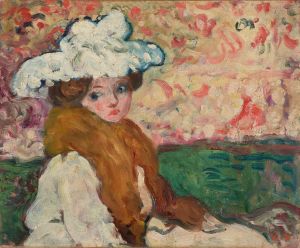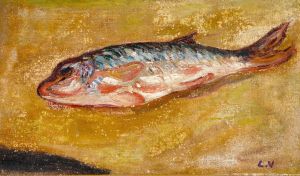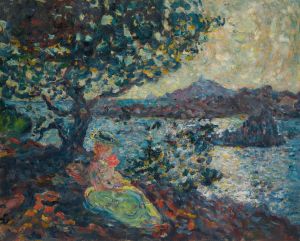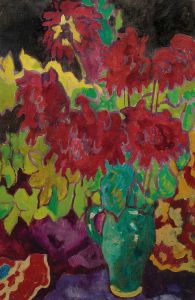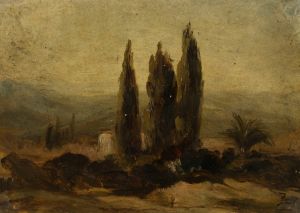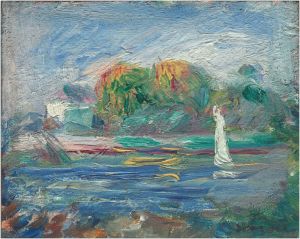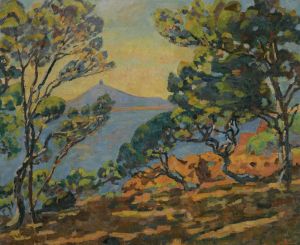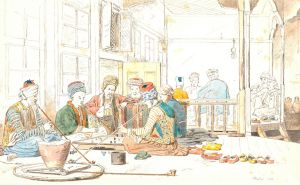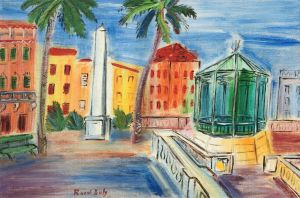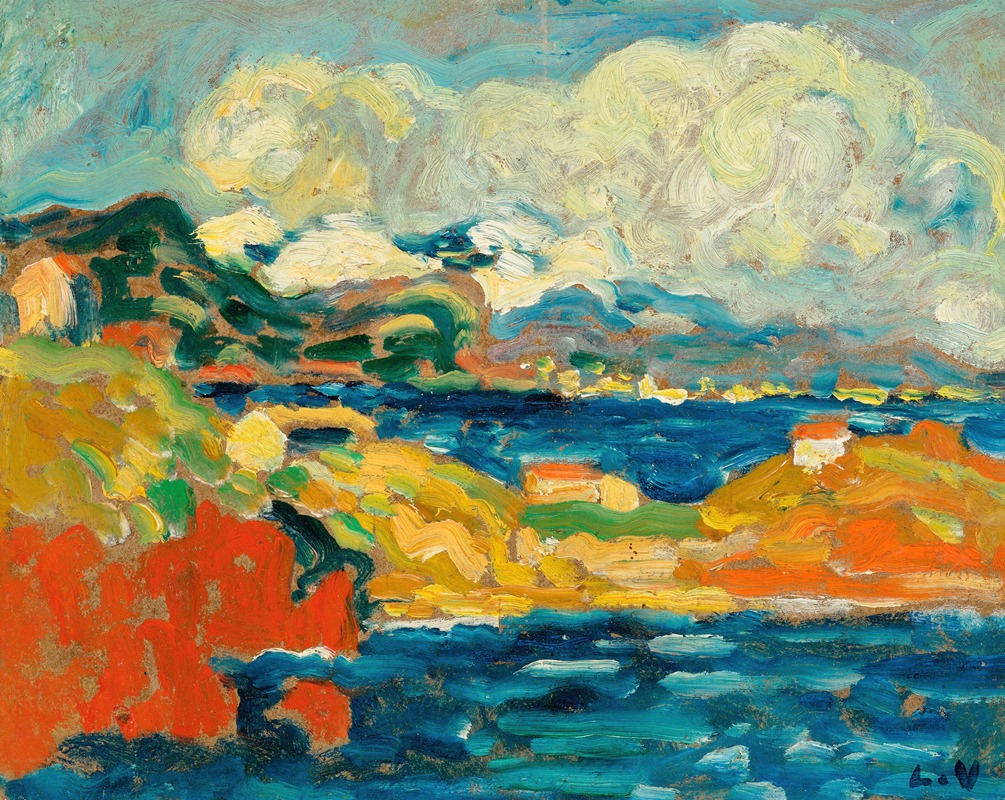
La baie à Anthéor
A hand-painted replica of Louis Valtat’s masterpiece La baie à Anthéor, meticulously crafted by professional artists to capture the true essence of the original. Each piece is created with museum-quality canvas and rare mineral pigments, carefully painted by experienced artists with delicate brushstrokes and rich, layered colors to perfectly recreate the texture of the original artwork. Unlike machine-printed reproductions, this hand-painted version brings the painting to life, infused with the artist’s emotions and skill in every stroke. Whether for personal collection or home decoration, it instantly elevates the artistic atmosphere of any space.
Louis Valtat was a French painter associated with the Fauvist movement, known for his vibrant use of color and expressive brushwork. One of his notable works is "La baie à Anthéor," which exemplifies his style and artistic contributions during the late 19th and early 20th centuries.
"La baie à Anthéor" captures the scenic beauty of Anthéor, a small coastal area in the Provence-Alpes-Côte d'Azur region of southeastern France. This location, with its picturesque landscapes and Mediterranean light, was a popular subject for many artists of the time. Valtat, like his contemporaries, was drawn to the region's vivid colors and dynamic natural forms, which provided ample inspiration for his work.
Valtat's painting is characterized by its bold use of color and loose, expressive brushstrokes, hallmarks of the Fauvist style. The Fauves, a group of early 20th-century modern artists that included Henri Matisse and André Derain, emphasized painterly qualities and strong color over representational or realistic values. Valtat's work, including "La baie à Anthéor," reflects these principles, showcasing a vibrant palette that captures the essence of the landscape rather than its precise details.
In "La baie à Anthéor," Valtat employs a rich array of colors to depict the interplay of light and shadow across the bay. The painting features a harmonious blend of blues, greens, and earth tones, which convey the tranquil yet dynamic atmosphere of the coastal scene. Valtat's brushwork is fluid and spontaneous, suggesting the movement of water and the gentle sway of vegetation in the breeze. This approach not only highlights the beauty of the natural environment but also evokes a sense of immediacy and presence, inviting viewers to experience the scene as if they were standing on the shore themselves.
Valtat's interest in color and light can be traced back to his early influences and education. He studied at the École des Beaux-Arts and the Académie Julian in Paris, where he was exposed to the works of Impressionist and Post-Impressionist artists. These movements, with their focus on capturing the effects of light and atmosphere, had a significant impact on Valtat's development as a painter. However, he distinguished himself by adopting a more vivid and expressive use of color, which aligned with the emerging Fauvist aesthetic.
Throughout his career, Valtat maintained a strong connection to the landscapes of southern France, frequently returning to the region to paint. His works from this period, including "La baie à Anthéor," are celebrated for their ability to convey the unique qualities of the Mediterranean environment. Valtat's paintings not only reflect his personal vision and artistic style but also contribute to the broader narrative of modern art, as artists sought new ways to interpret and represent the world around them.
"La baie à Anthéor" remains an important example of Valtat's work and the Fauvist movement. It is appreciated for its vibrant color, dynamic composition, and the way it captures the essence of a specific place and moment in time. Valtat's ability to transform a simple coastal scene into a vivid and emotive work of art underscores his significance as a painter and his lasting impact on the art world.





